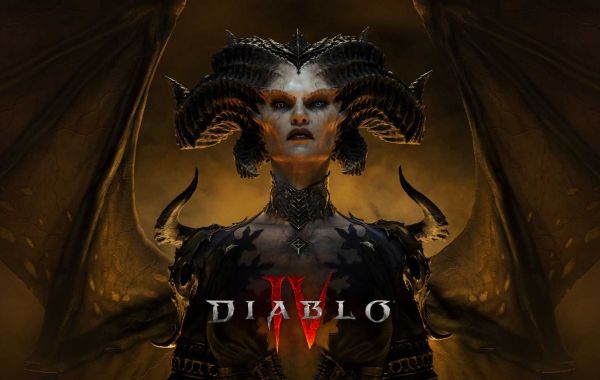Turquoise Stone: A Fascinating Gemstone with a Rich History and Mythology
About Turquoise - History and Introduction:
Turquoise is a captivating gemstone that has been treasured for thousands of years. It is a blue-green mineral that is a hydrous phosphate of copper and aluminum. This gemstone has a rich history and has been used for ornamental and ceremonial purposes in various cultures. The name "turquoise" comes from the French word "turquois," which means "Turkish stone," as the stone was first brought to Europe through Turkey.
Turquoise Origin:
Turquoise can be found all over the world, with significant deposits in Iran, Afghanistan, the United States, Mexico, and China. The turquoise mines in Iran and Afghanistan are famous for their high-quality turquoise. The United States is also a significant producer of turquoise, with Arizona, Nevada, and New Mexico being the largest producers.
Turquoise Mythology:
Turquoise has a rich mythology and has been regarded as a sacred stone by many cultures. The ancient Egyptians, for example, believed that turquoise had protective powers and used it in amulets and jewelry. Native American tribes also believed in the protective properties of turquoise and used it in ceremonial objects and jewelry. In Persian mythology, turquoise was believed to represent the sky, and it was used to decorate the domes of palaces and mosques.
Famous Turquoise Gemstones:
There are many famous turquoise gemstones, including the Turquoise Mountain, which is a massive turquoise deposit in Afghanistan. The Sleeping Beauty Mine in Arizona is also famous for producing high-quality turquoise. The Cerillos Mine in New Mexico is another famous source of turquoise and has been producing turquoise for over a thousand years.
Turquoise Gemological Properties:
Turquoise is a relatively soft gemstone, with a Mohs hardness of 5 to 6. It has a specific gravity of 2.60 to 2.80 and a refractive index of 1.61 to 1.65. Turquoise is often found in massive form, but it can also occur as small, crystal-like structures.
Identifying Turquoise:
Turquoise can be identified by its distinctive blue-green color and waxy luster. It is also relatively light in weight and has a slightly porous texture. It can be distinguished from other blue-green gemstones by its unique shade of blue, which can range from sky blue to greenish-blue.
What is Natural Turquoise Stone?
Natural turquoise is a gemstone that has not been treated or enhanced in any way. It is rare to find high-quality natural turquoise, as most turquoise on the market has been treated or enhanced in some way.
Enhanced Turquoise:
Enhanced turquoise refers to turquoise that has been treated in some way to improve its color or durability. Common treatments include stabilization, waxing, and dyeing.
What is Stabilized Turquoise?
Stabilized turquoise is a type of enhanced turquoise that has been treated with a resin to improve its durability and prevent it from changing color or breaking. This type of turquoise is more commonly found on the market than natural turquoise.
Waxing and Oiling Turquoise:
Waxing and oiling turquoise are treatments used to improve the color and luster of the stone. These treatments involve applying a wax or oil to the surface of the turquoise to enhance its natural beauty.
Dyed Turquoise:
Dyed turquoise is turquoise that has been treated with a dye to enhance its color. This type of turquoise is not as valuable as natural or stabilized turquoise and is often used in costume jewelry.
Reconstituted Turquoise:
Reconstituted turquoise is a type of turquoise that is made from small pieces of natural turquoise that are ground up and mixed with a binding agent. This mixture is then molded and shaped into various forms, including beads, cabochons, and other jewelry components. Reconstituted turquoise can be a more affordable alternative to natural or stabilized turquoise, but it is not as valuable or durable.
Turquoise Gemstone Care:
Turquoise is a relatively soft gemstone that requires special care to prevent damage. It is best to avoid exposing turquoise to heat or direct sunlight, as this can cause the stone to fade or become brittle. Turquoise should also be protected from chemicals and abrasives, as these can scratch or damage the stone. To clean turquoise, use a soft, damp cloth and mild soap, and avoid ultrasonic or steam cleaning.
Turquoise; Related Gems:
Turquoise is often found in combination with other minerals, including copper, iron, and quartz. Some related gemstones include chrysocolla, malachite, and azurite, which also have blue-green coloration and are often found in the same geological formations as turquoise.
Buying Turquoise:
When buying turquoise, it is important to consider the quality and origin of the stone. Natural and high-quality stabilized turquoise is more valuable than reconstituted or dyed turquoise. The origin of the stone can also affect its value, with turquoise from Iran and Afghanistan being highly sought after. It is also important to buy from a reputable dealer who can provide information about the treatment and origin of the stone. With proper care and consideration, turquoise can be a beautiful and valuable addition to any jewelry collection.
Mentioning all the characteristics of the Turquoise stone, we present to you on the eve of Easter the unique product, the Silver Egg Figurine Decoration With Turquoise Stones.
Celebrate Easter this year with ValentinsJewellery's beautiful silver egg figurine decoration with Turquoise Stones. This gorgeous piece is perfect for brightening up any home. Crafted with the highest quality Turquoise Stones, this egg figurine is an eye-catching addition to any room. Give your home a touch of elegance and make this Easter special with ValentinsJewellery's silver egg figurine decoration!
Visit us at the online shop:Visit us at the online shop:
©2023ValentinsJewellery







